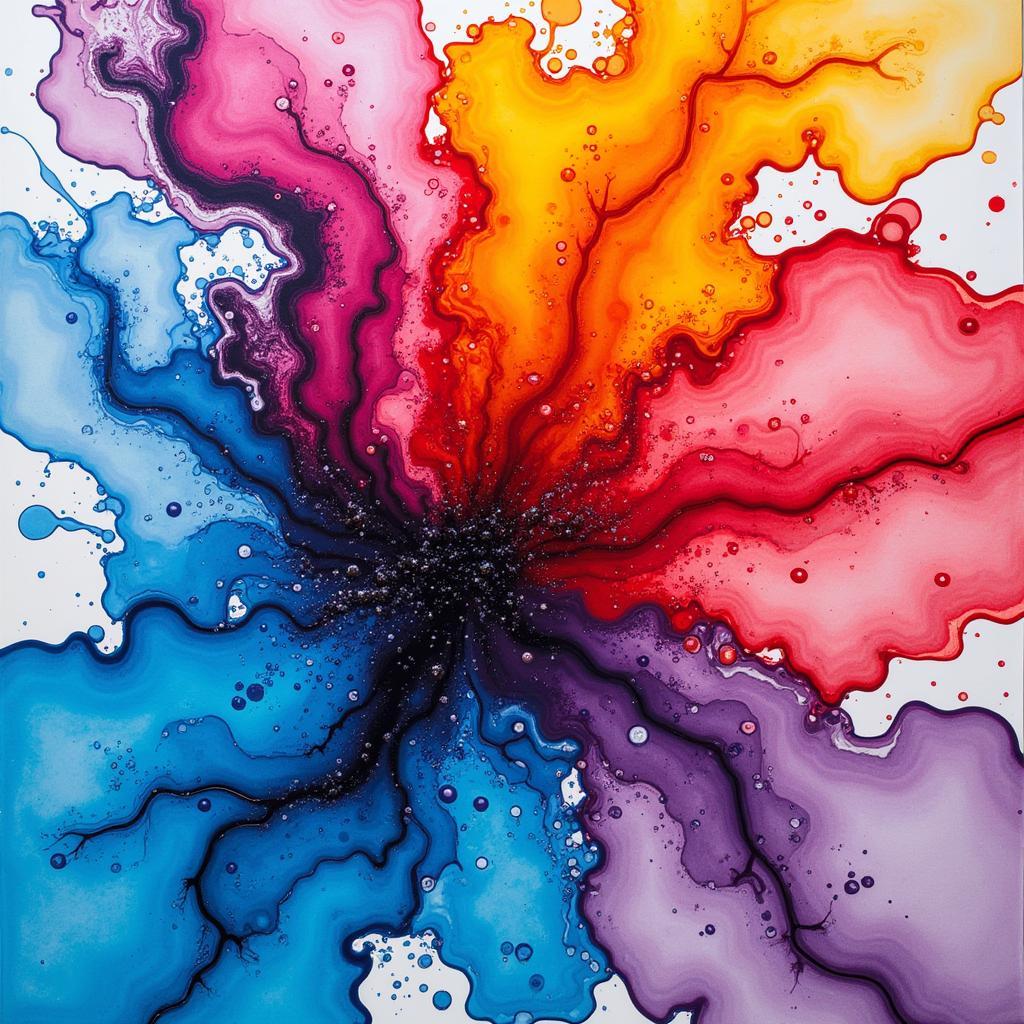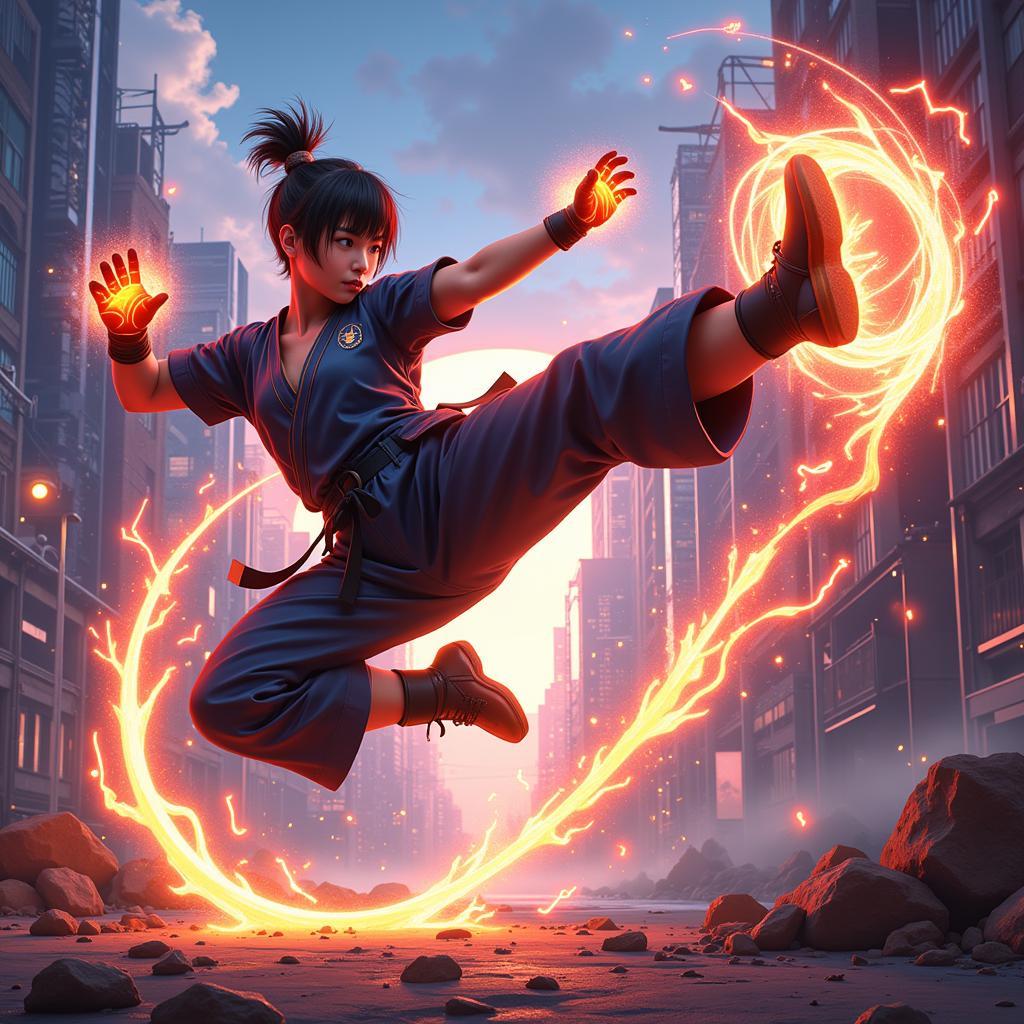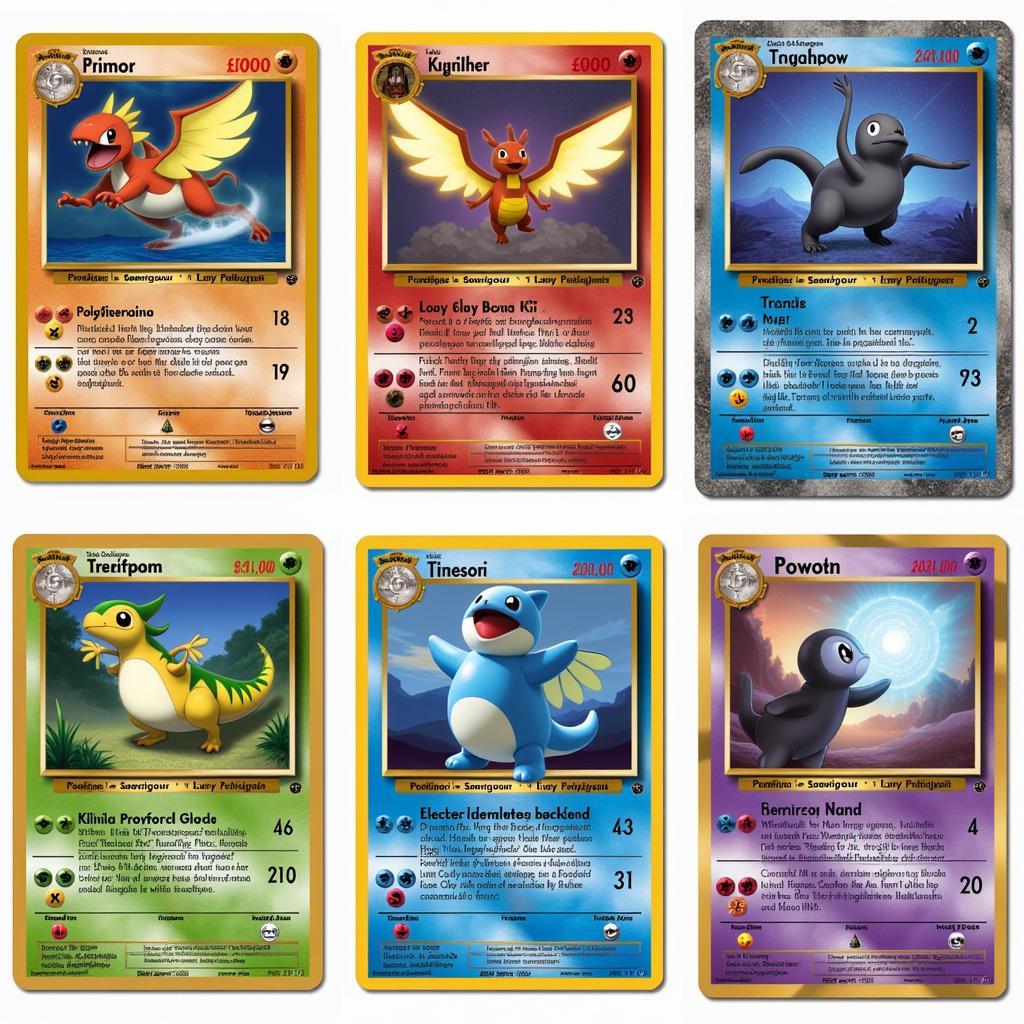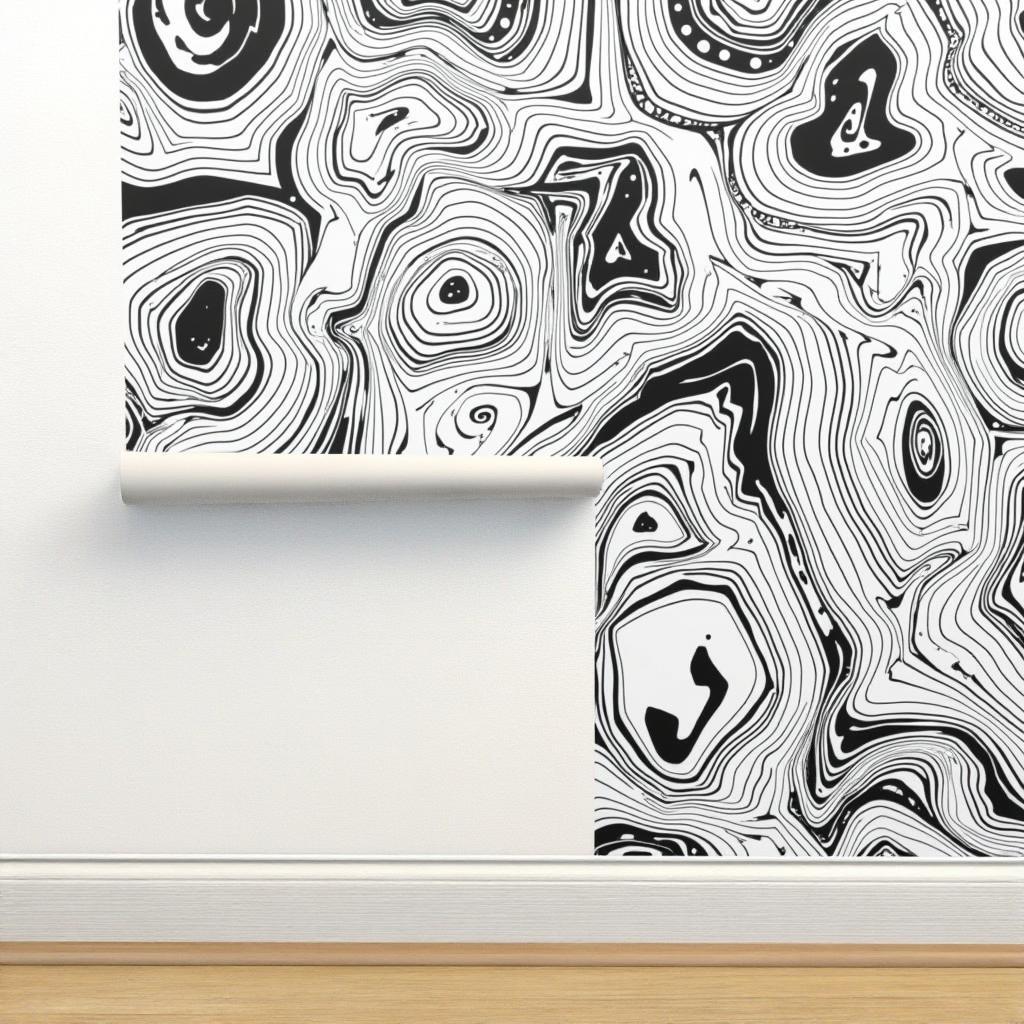Unlocking Creativity: Exploring the World of Flatbed Scanner Art
Flatbed Scanner Art, also known as scanography, is a captivating digital art form that transforms the mundane flatbed scanner into a powerful creative tool. Gone are the days of scanners merely copying documents – artists are now harnessing their capabilities to generate stunning, high-resolution imagery imbued with a unique, ethereal quality. Intrigued? Dive in as we uncover the fascinating world of flatbed scanner art!
What Exactly is Flatbed Scanner Art?
Instead of traditional canvases or digital software, flatbed scanner art utilizes the scanner bed as its stage. Objects, often three-dimensional, are strategically placed on the scanner glass. The scanner then captures these objects in exquisite detail, recording not only their form and texture, but also the interplay of light and shadow, resulting in an almost X-ray like effect.
The Beauty of the Unexpected: Embracing the Unpredictable Nature of Scanography
One of the most enticing aspects of flatbed scanner art lies in its element of surprise. Unlike traditional photography where the final image is immediately visible, scanography involves an element of the unknown. The slow, methodical scanning process, often conducted in a darkened room, adds an element of anticipation. The resulting images often reveal unexpected details, textures, and patterns, creating abstract and thought-provoking compositions.
 Abstract Scanography with Colorful Liquids
Abstract Scanography with Colorful Liquids
Beyond the Basics: Techniques and Approaches in Flatbed Scanner Art
While the concept might seem simple, flatbed scanner art offers boundless creative possibilities. Artists experiment with various techniques to achieve their desired aesthetic. Some popular approaches include:
- Direct Scanning: This involves placing objects directly on the scanner bed and capturing them as is, emphasizing their natural textures and forms.
- Liquid Scanography: Mesmerizing effects are achieved by scanning liquids like water, oil, and ink, capturing their fluidity and unpredictable interactions.
- Collage Scanning: A contemporary take on traditional collage, this technique involves arranging various materials on the scanner bed to create multi-layered, textured compositions.
- Body Scanography: Artists explore the human form in an unconventional way by capturing parts of the body, often hands or faces, creating intimate and intriguing portraits.
Essential Gear for Aspiring Scanner Artists
The beauty of flatbed scanner art lies in its accessibility. You don’t need a fancy studio or expensive equipment to get started. Here’s what you’ll need:
- A Flatbed Scanner: The star of the show! While any flatbed scanner can be used, models with higher resolutions and manual controls offer greater creative flexibility.
- Objects for Scanning: Let your imagination run wild! Everyday objects, natural materials, found items – anything goes!
- A Darkened Room: This helps to control the lighting and prevent unwanted reflections during the scanning process.
- Image Editing Software: While optional, software like Adobe Photoshop or GIMP can be used to fine-tune your scans, adjust colors, and enhance details.
Tips and Tricks for Creating Captivating Scanner Art
- Experiment with Different Objects: Don’t be afraid to think outside the box! The most unexpected items can yield surprisingly beautiful results.
- Play with Composition: Just like in traditional photography, composition is key. Carefully arrange your objects to create visual interest and balance.
- Embrace Imperfections: The beauty of scanography often lies in its imperfections. Don’t be afraid of dust, scratches, or other quirks – they can add character to your art.
- Explore Different Scanning Settings: Adjust the resolution, color settings, and exposure to achieve your desired look and feel.
- Practice Makes Perfect: Like any art form, mastering flatbed scanner art takes time and experimentation. Don’t be discouraged if your first attempts aren’t masterpieces!
Conclusion
Flatbed scanner art offers a unique blend of technology and creativity, empowering artists of all levels to explore new frontiers in digital art. With its accessibility, experimental nature, and ability to transform the ordinary into the extraordinary, scanography is a captivating art form that continues to push creative boundaries.
FAQ
-
What is the best scanner for flatbed scanner art?
While most flatbed scanners can be used, models with higher resolutions (at least 600 dpi) and manual controls for adjusting exposure and color settings offer greater creative flexibility. -
Can I use a regular photograph in place of a scanner?
No, a regular photograph will not capture the same level of detail and unique aesthetic qualities as a flatbed scanner. The slow, line-by-line scanning process is essential to the creation of flatbed scanner art. -
Is flatbed scanner art expensive to get started with?
Not at all! One of the most appealing aspects of this art form is its accessibility. All you need is a flatbed scanner, some everyday objects, and your creativity! -
What are some common mistakes to avoid when creating flatbed scanner art?
Common mistakes include rushing the scanning process, not paying attention to composition, and being afraid to experiment. Take your time, arrange your objects thoughtfully, and don’t be afraid to try new things! -
Where can I find inspiration and connect with other flatbed scanner artists?
Online platforms like Instagram, Flickr, and DeviantArt have thriving communities of scanography enthusiasts sharing their work and exchanging ideas. Search for relevant hashtags like #flatbedscannerart, #scanography, or #scannerart.
Need Help?
For any questions or assistance, our customer support team is available 24/7. Contact us at Phone Number: 02462573573, Email: danteum@gmail.com. You can also visit us at Savico Megamall, 7-9 Đ. Nguyễn Văn Linh, Gia Thụy, Long Biên, Hà Nội 10000, Việt Nam.




